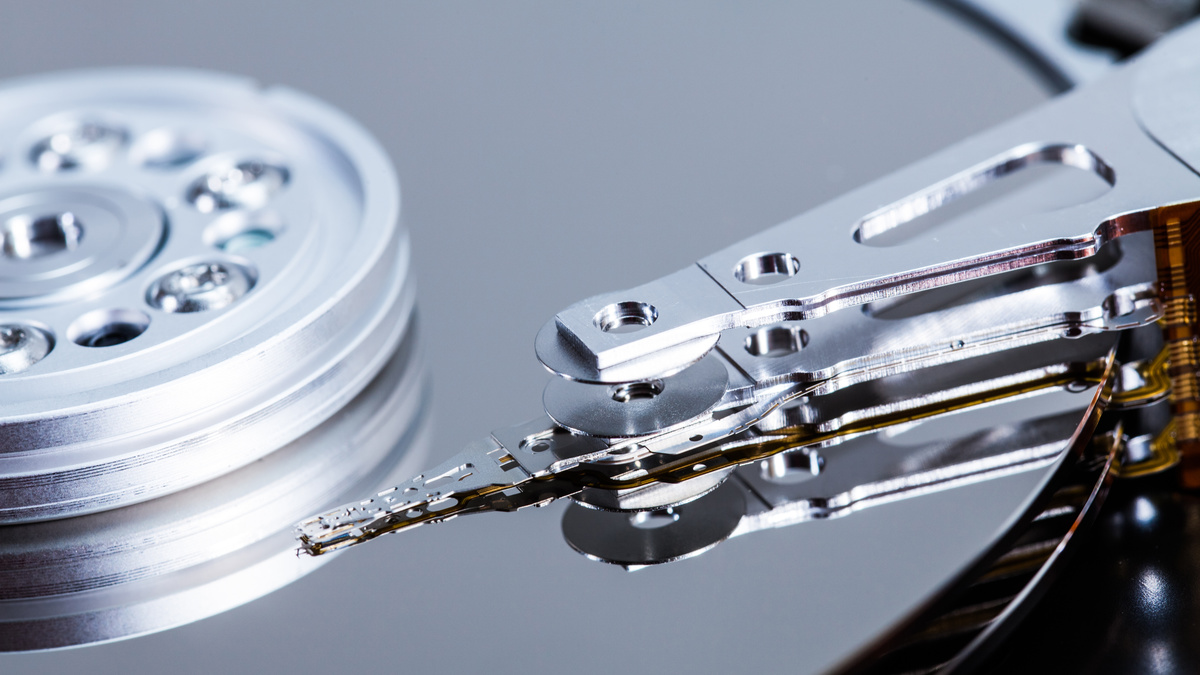The American company Backblaze, which specializes in backup and cloud storage services, recently presented an extensive report examining 17,155 failed hard drives. It was found that the average age of failure is now 2 years and 6 months.
As of the end of the first quarter of 2023, Backblaze is using 241,678 hard disk drives (HDDs) and solid state drives (SSDs) to store customer data in its data centers around the world. Of these, 4400 are bootable (3038 SSDs and 1362 HDDs) and were excluded from the report.
To compile statistics, the company has been recording each drive’s failure date, model, serial number, capacity, and SMART data for years. This time, 72 different models were included in the number of 17,155 discs studied.
By looking at the average drive failure age for specific models, Backblaze reduced the number of models considered to 30, excluding drives with fewer than 50 failures from the statistics.
As seen in the table, the Seagate ST12000NM0007 12 TB model with 2023 failures and an average drive age of 1 year and 6 months stands out. The only model with even more failures was the 4TB Seagate ST400DM000, with 5249 failures and an average drive age of 3 years and 3 months.
As usual, the researchers added new statistics to the total data for 10 years of observations. The table below shows the annual failure rate (AFR) for 236,893 hard drives in 30 models over almost 10 years of observation (385 drives that were used only for testing purposes, as well as models of which the company has too few, were excluded from the statistics).
As a result, the average AFR was 1.4%. The drives with the lowest AFR (0.28%) that have lasted at least 2.2 million days in total are Western Digital Corporation (WDC) WUH721816ALE6L4 16TB (Backblaze has 14,098 units of such drives).
Models with the highest AFR (2.57%) and at least 2.2 million days of operation are the 4 TB Seagate ST4000DM000 (Backblaze has 18,070 units of such drives). It is worth noting, however, that these drives have the largest number of days of work in the entire table.
Back in February of this year, Backblaze noted that Seagate hard drives exhibited a higher failure rate, but also reported that they are less expensive, so “their failure rate is generally not high enough to make them cost-ineffective.”





